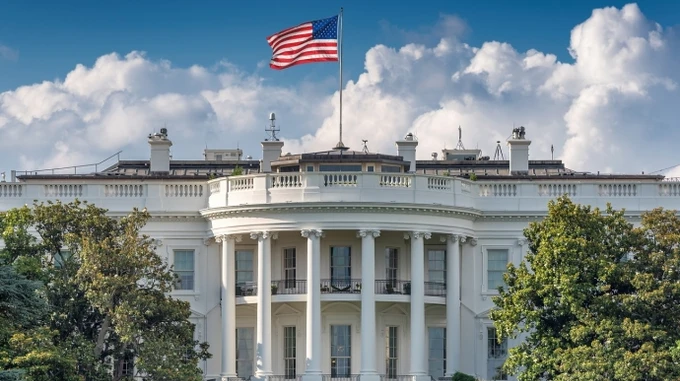The Russian army has problems with artillery — Estonian intelligence

The Russian army has problems with artillery
Kiviselg noted that the most notable tactical observation was the appearance of North Korean artillery systems on the front as part of Russian units.
This indicates Russia's increasingly critical situation with artillery systems and its dependence on imported weapons.
Kiviselg believes that in the 151st week of the war, trends that have already developed earlier persist, with Russian troops continuing to maintain the tactical initiative.
Although Russia has been able to tactically strengthen its military potential, it has not been able to achieve a complete advantage that would allow it to exert diplomatic pressure. Therefore, at present, the Russian Federation is not interested in ending hostilities and continues offensive operations.

Ants Kiviselg
Head of the Estonian Defence Forces Intelligence Center
The main fighting is taking place in the Donetsk region in the Pokrovsky direction, where Russian troops are trying to advance in the western and eastern directions from the city.
Although the pace of advance has slowed, offensive pressure remains high, with an average of 164 attacks per day across the entire front.
Russia is likely trying to take advantage of the last few weeks of freezing winter weather, which allows it to use armored vehicles on frozen terrain. However, this winter has been milder than expected, so Russian troops are forced to use roads to move their equipment. This makes it easier for the Ukrainian Armed Forces to repel attacks.
Within a week, Russian troops were able to make slight advances in the directions of Velyka Novosilka, Toretsk, Godynnyk Yar, and Kupyansk.
In Kursk, Ukrainian units retreated to the positions they held before the new offensive on January 5. During the week, Ukrainian forces conducted several attacks in Kursk Oblast. Some settlements or districts are changing hands.
The reorganization of North Korean units operating in the Kursk region has not yielded significant results, the head of the intelligence center added.
Kiviselg added that Ukraine's rapidly effective defense, which is both fast-adapting and technically capable, withstands massive enemy pressure and gradually undermines its offensive capabilities.
Current situation on the front
At the same time, Ukraine continues to strike key Russian infrastructure. Over the past week, Ukraine has increased the number of strikes on Russian fuel and chemical industry enterprises.
According to the General Staff of the Armed Forces of Ukraine, on the morning of January 14, Ukraine carried out one of the most massive air strikes on objects in Russia, hitting targets at a distance of 200–1,100 km deep into the country — in the Bryansk, Saratov, Tula regions and in the Republic of Tatarstan.
The attack hit the Aleksinsky Chemical Plant in the Tula region, which produces ammunition, gunpowder, and materials for the Russian military-industrial complex. An ammunition depot at the Engels airfield in the Saratov region, which mainly stored high-explosive bombs, guided bombs, and cruise missiles, was also hit. The Ukrainian Armed Forces also struck the Saratov oil refinery. A large fire was reported at the facility after the strike.
The Armed Forces of Ukraine carried out a second attack on the oil storage facility in Engels. The previous attack took place on January 8. The oil depot burned for five days and was extinguished only a day before the new attack.
On the night of January 15, Russian forces, in turn, attacked Ukraine, involving six Tu-95MS bombers and eight Tu-22M3 bombers that took off from the Olenegorsk airfield in the Murmansk region.
The main targets of the Russian military were Ukrainian energy infrastructure and military facilities. The attack used cruise missiles, strike drones and ballistic missiles. A total of 43 missiles and 74 drones were launched. Ukraine shot down 30 missiles and 47 drones, and 27 drones deviated from course.
Both sides seek, first of all, to undermine the economic potential of the enemy, and thereby influence the course of the war, Kiviselg noted.









